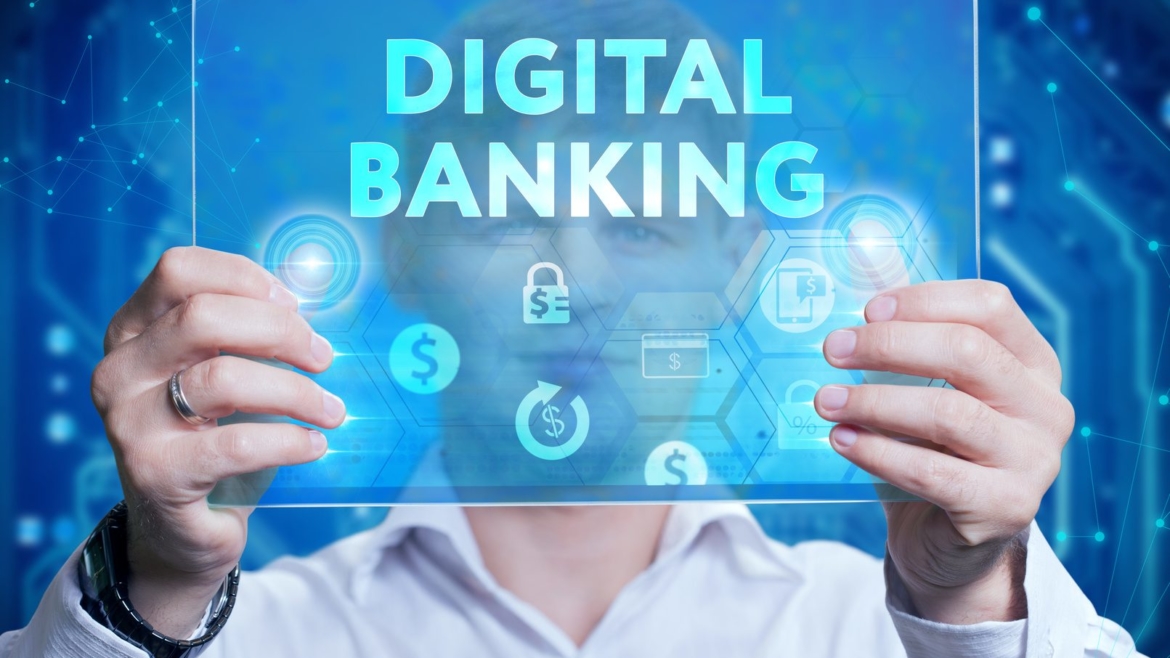Technology is constantly evolving and revolutionising the world in which we live. In less than a decade, every single person on the planet’s life has shifted from digital second to digital first. People’s preferences for living in this easily accessible digital world are changing as technology advances toward providing a comfortable lifestyle. In just the last few years, the world has seen significant improvements and advancements in digital technology. These advancements will only grow in the future, inspiring people to adapt to changes in their lifestyles. Laptops, smartphones, tablets, and computers have become an essential part of nearly everyone’s daily life. The Internet and online preferences have increased significantly, adding enhancing an individual’s comfortable lifestyle.
The ever-changing landscape, cutting-edge competition, and rising customer expectations have become a general rule to follow in almost every industry. The banking industry is no exception, and it was among the first to adapt to digital advancements. As the backbone of any economy, the banking and financial sector is understandably at the forefront of digitalisation and advancement. This is also why many insurance companies, banking services, and financial institutions and providers must keep up with new trends in order to provide prompt service to their customers.
Banking Digitalization

With the digitalization of the banking sector, an increasing number of people prefer to manage their financial activities, such as making payments, transferring funds, checking their bank account statements, and applying for loans and credit cards, by simply logging into their digital banking portals and conducting these activities from the comfort of their homes or while on the go. Digital banking is a system that assists banks and financial institutions in digitalizing their banking services and making them more user-friendly for customers. Digital banking services may include money deposits and withdrawals, management of the customer’s bank account, application for financial products such as credit or debit cards, loan management, and other services.
The banking sector has also benefited from digitization, as transactions can now be completed from anywhere in the world. In order to incorporate this, various digital platforms have made it easier to connect people from all over the world, connecting them to banking and financial institutions and providing them with the services they require. As a result, both customers and bankers are increasingly preferring digital banking.
Physical constraints and complications often result in a sharp increase in demand for an online platform for financial activities and digital banking services. According to a Mastercard survey, 62% of European respondents expressed a strong desire and interest in shifting from physical banking to digital banking by 2020. With the pandemic’s complications, more than half of the world’s population prefers using online facilities and banking apps more than ever before, and has expressed a more positive interest in digital banking overall.Customers have switched banks in favour of those that provide secure, quick, and convenient online access to their finances. Fast, simple, and effortless digital experiences have now become the default mode for consumers throughout their lives, and it’s becoming increasingly important for banking as well, especially now that all of the big tech companies have increased their involvement in their respective sectors.
Digital banking enables customer personalization on a scale that drives 5 to 15% revenue growth for corporations in the financial services sectors. Banks that operate digitally have also seen cost savings and streamlined processes. This end-to-end integration has also contributed to a more engaging customer experience in financial services, allowing for business transformation through the use of Artificial Intelligence (AI).
Banking Customer Experience

When the world was steadily digitalizing in 1999, Dell’s then-CIO Jerry Gregoire declared, “the customer experience is the next competitive battleground.” In the two decades since, this has proven to be a very accurate prediction in all business sectors.
The customer experience refers to all of the efforts made by a bank to make each and every one of their individual clients feel important while interacting and transacting with the bank (CX). The sum of all interactions that a customer perceives throughout the journey is also a component of the customer experience. In the banking and financial sector, the most important factor is the customer experience. Every strategic approach taken by banks is designed to meet the needs and demands of their customers. In this day and age, banks and financial institutions must digitally transform themselves in order to provide a consistent banking experience online for their customers.
According to a study conducted by the digital banking report, improving the customer experience in banking should be the first priority for all banking institutions and financial service providers. Banks that invest in customer experience trends have a higher recommendation rate, a larger wallet share, and are more likely to upsell or cross-sell products and services to existing customers.
What do customers expect from their digital banking experience?
Customers expect their banks to focus on developing an experience culture that meets all of their needs, fosters trust, and provides a personalised experience tailored to their preferences.
The following are the key customer expectations for a digitised banking experience:
- Accessibility: Banks and financial institutions must provide quick and simple digital platforms that are accessible across multiple devices, primarily smartphones and computers. Various features and banking transactions should be accessible and quick on these platforms. A high-quality banking experience, as well as the ability to easily connect with the bank directly, is required.
- Real-time assistance: Customers frequently require real-time assistance and prefer instant support. This not only increases customer confidence, but also encourages loyalty and repeat business. Banks can provide real-time support and assistance to their customers by utilising live assistance tools such as co-browsing and video chats. Chatbots also aid in the scaling of support and customer interactions.
- Data security : Many customers are concerned about their financial and personal information being misused or exploited. Data security is the most important aspect of any banking or financial sector. Customers must feel secure when sharing financial and personal information with the bank. A healthy relationship between banks and customers can only be established with a secure network and when a bank can guarantee the security of their customers’ data.
- Design : Many traditional banking institutions fail to focus on their interfaces and thus fail to attract new customers. Customers today expect banks to have an excellent user interface as well as an easy-to-use website or mobile app. Investing in bettering digital channels brings in more customers.
- Personalised services : Customers almost always prefer personalised services that are tailored to their specific requirements. They would look for products and services that meet their requirements and provide subsidies that are beneficial to their requirements and usage. Banks can identify key business drivers and provide personalised support to help shape the banking customer experience.
- Multifunctionality: Customers prefer banks that provide them with immediate options and solutions to any of their problems. Banks must keep up with market and technological developments and provide services through multiple channels at the same time.



